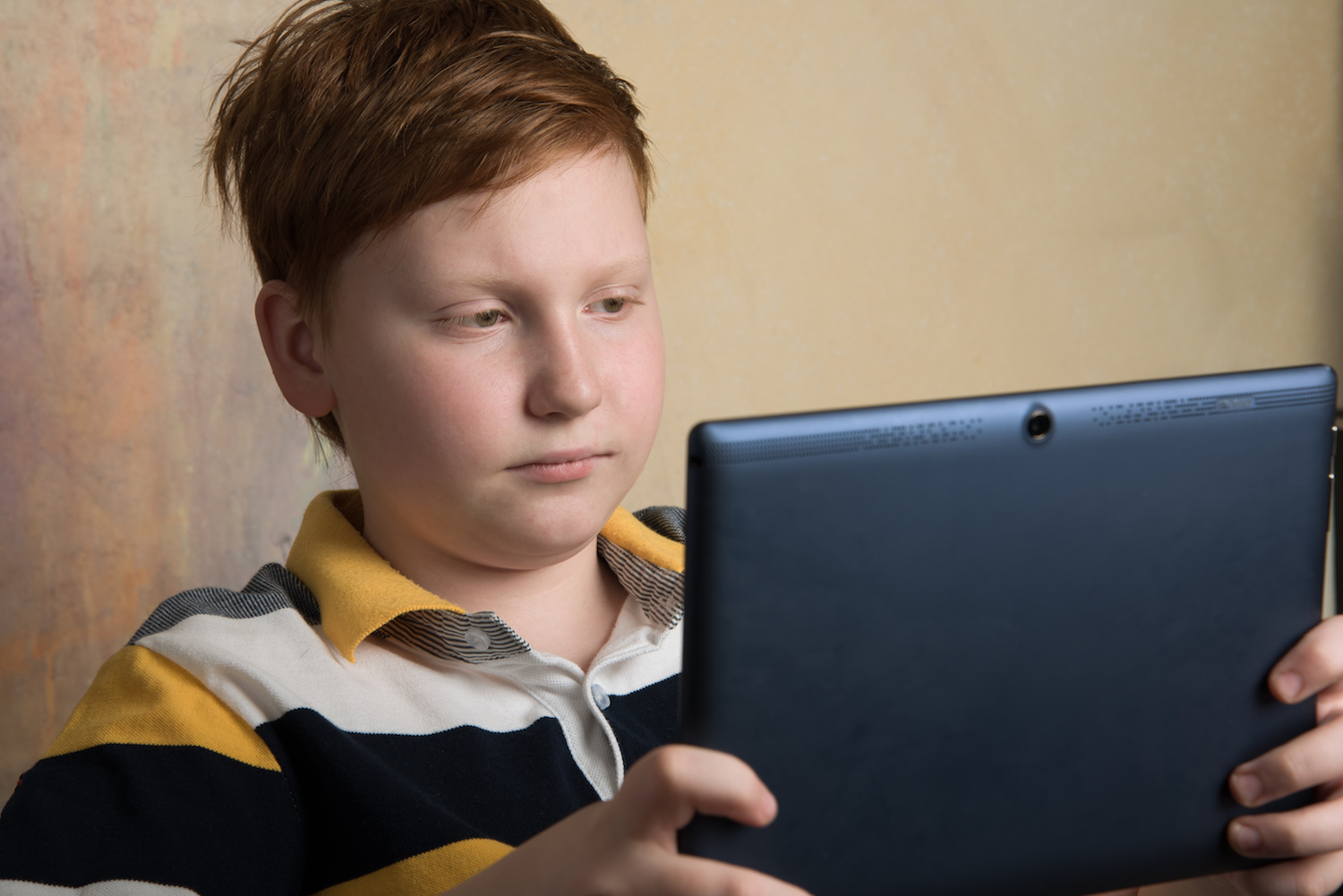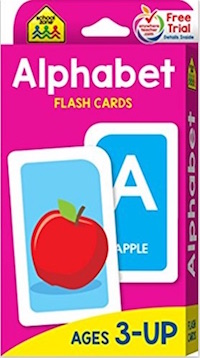How to Avoid 3 Critical Mistakes When Teaching Your Child to Read
/How to Avoid 3 Critical Mistakes When Teaching Your Child to Read
Teaching your child to read is easy, but there are a few important things you will need to know. The first rule of thumb is the most important: make sure your child is developmentally ready to read.
• Is Johnny able to sit still in a chair for 10–20 minutes?
• Are his eyes able to track the words properly?
• Are the right and left sides of Johnny's brain in communication with one another (a prerequisite for true reading)?
If you're unsure, then please read my blog post Five Signs Your Child Is Not Ready to Read for further direction. If your child is ready, proceed with caution.
Teaching your child to read is arguably the most important skill you will teach. You have to know the right time to teach, the right way to teach and the right method to teach. If you don't get the reading part right, and consequently raise a child who dislikes reading, many doors will shut.
As evidence shows, homeschooling is no guarantee of success. I've talked to homeschooling parents whose children don't enjoy reading because of simple mistakes that were easy to avoid. In my world, this is a tragedy and I'm guessing, if you're reading this, it is in yours, too.
Another word of caution: you do not want to use the "whole" word approach and you don't want to use fancy, useless phonics programs that are overpriced and inefficient.
The whole word approach is when a child is taught to memorize the way a word looks without an understanding of phonics. Later, when he encounters more difficult words, he may not be able to keep up and is then labeled as a "poor" reader. Yet, without having had an understanding of phonics, he was never a "true" reader to begin with.
Assuming your child is developmentally ready, we can move on to phonics. Using the phonics method is the only effective way to teach a child to read. If anyone tells you anything different, don't listen to them!
My "go-to" phonics book is Phonics Pathways by Dolores G. Hiskes.
Dolores lives in the next town over from mine. Years ago I had the opportunity to meet her, and we chatted about her book. First of all, it's based on a sound understanding of how children learn to read, and it works.
It's a no-frills program that will give Johnny just what he needs and sometimes a little more (feel free to skip sections that become too repetitive).
Best of all, it's inexpensive. The cost of books adds up, and I'm sure you'll agree, it's more useful to spend money on quality hardback classic novels—books your child can take pride in owning and enjoy reading for years—rather than fancy phonics programs which may be more confusing than efficient and certainly more expensive.
Begin by teaching your child the alphabet song to help him memorize the alphabet. You will also teach him the sounds each consonant and vowel makes. Use flashcards to help Johnny learn to recognize the letters; he absolutely must be able to recognize them out of sequence, too.
Here is a link to the traditional alphabet song for you to learn the tune (not for your child to watch!): https://www.youtube.com/watch?v=yseWMJS8IHw.
You can make your own flashcards or buy a box already made. Here's a link to my favorite set of flashcards: http://amzn.to/2AnbRlM.
Opening the phonics book, you will teach your child the short vowel sounds so well that he will immediately be able to recognize the difference, for example, between a short "e" and a short "a." Work with him until he does but without overdoing it until he’s exhausted.
Usually a child who's ripe for learning to read will have no problem tackling phonics.
Your child will then begin to put a vowel and a consonant sound together. This is the second step in learning to read. Don't rush it! If he’s making mistakes with the vowel sounds; go back and do a few practice drills.
Whatever you do, as long as he is paying attention and trying hard, don't get frustrated with him. He is smart. The intellectual openings come in their own time, and while his could be tomorrow, it may not be today.
Pay attention! Learning to read requires a lot of mental effort. Notice when Johnny starts to make mistakes because he's tired. This is when you retire the phonics book for the day.
Time is irrelevant. On some days, your child may do a whole page of phonics, some days even two full pages. Let him go at his own pace while still challenging him, but also paying attention to when he's really had enough.
The goal is for learning to be challenging, but not overwhelming to the point of despair. Learning to read should be a pleasant and rewarding experience.
Next, comes the big moment. When your child gets to the three-letter-word page, this is the day you've been waiting for. He will easily be able to sound the first word out and voila, he’s read his first word.
It's that simple. You will continue with the lessons and by the time your child gets to the five-and six-letter words, he should be ready for his first reading book. Maybe a copy of Aesop's Fables?
Learning to read, as we know, is a major milestone in a child's life. Your child is leaving behind his dependency of needing people to read to him, and he’s becoming a liberated reader. You will still read great books to your child for years to come, and he can read to you; but he is now firmly on his way to reading solo.
Celebrate!
Please, however, do not tell your child of your plan beforehand. If you do, you will shift his efforts in learning how to read for reading's sake, to learning how to read for a reward. This is a mistake.
“Marks [rewards] of any sort, even for conduct, distract the attention of children from their proper work, which is in itself interesting enough to secure good behavior as well as attention.”
If I were to do it again, I would have packed each of my children into our family car and taken them to our local bookstore, where they would have picked out their first reading book. A book they could read whenever they chose to read it.
I would do this to mark the day they learned to read forever in their memories.
As homeschoolers, it's a huge milestone for us, too. The day our children learn to read is the day we realize we can do this thing called "homeschooling." It really isn't rocket science, after all.
And now that your child can read, fill his world with books worth reading. If you're unsure of what these might be, then you are welcome to our free Guide to Raise an Excellent Reader and Book List of Mostly Classical Literature.
Enjoy!
_______________________________________________________________________
Elizabeth Y. Hanson teaches parents the secrets and skills to raise a more intelligent child with a focus on getting the early years right and home-education. She is the founder of Smart Homeschooler™ and has been a consultant and researcher in children's education since 2001.
Download your free copy: Guide to Raise an Excellent Reader and Book List of Mostly Classical Literature.



















